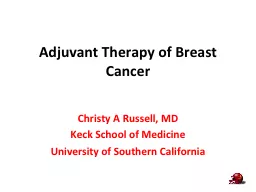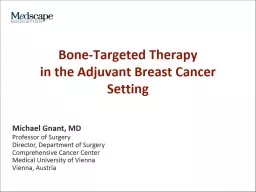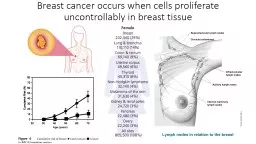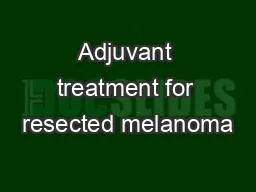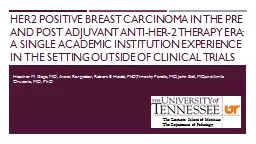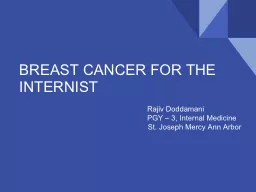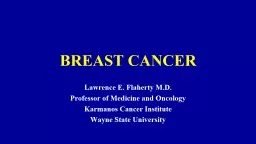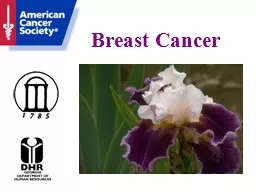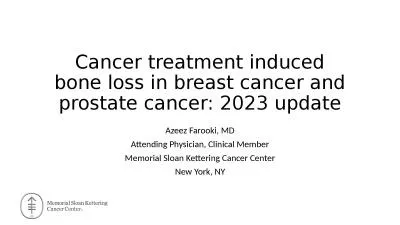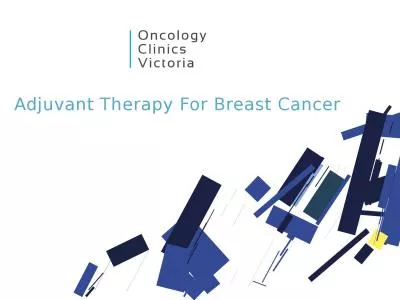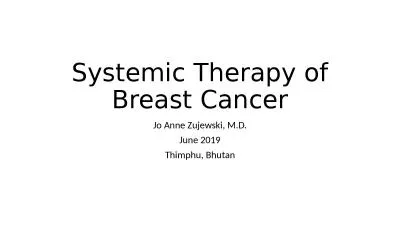PPT-Adjuvant Therapy of Breast Cancer
Author : marina-yarberry | Published Date : 2019-02-13
Christy A Russell MD Keck School of Medicine University of Southern California Hazard Rate of Relapse According to Tumor Subtype and Year of Diagnosis British Columbia
Presentation Embed Code
Download Presentation
Download Presentation The PPT/PDF document "Adjuvant Therapy of Breast Cancer" is the property of its rightful owner. Permission is granted to download and print the materials on this website for personal, non-commercial use only, and to display it on your personal computer provided you do not modify the materials and that you retain all copyright notices contained in the materials. By downloading content from our website, you accept the terms of this agreement.
Adjuvant Therapy of Breast Cancer: Transcript
Download Rules Of Document
"Adjuvant Therapy of Breast Cancer"The content belongs to its owner. You may download and print it for personal use, without modification, and keep all copyright notices. By downloading, you agree to these terms.
Related Documents

